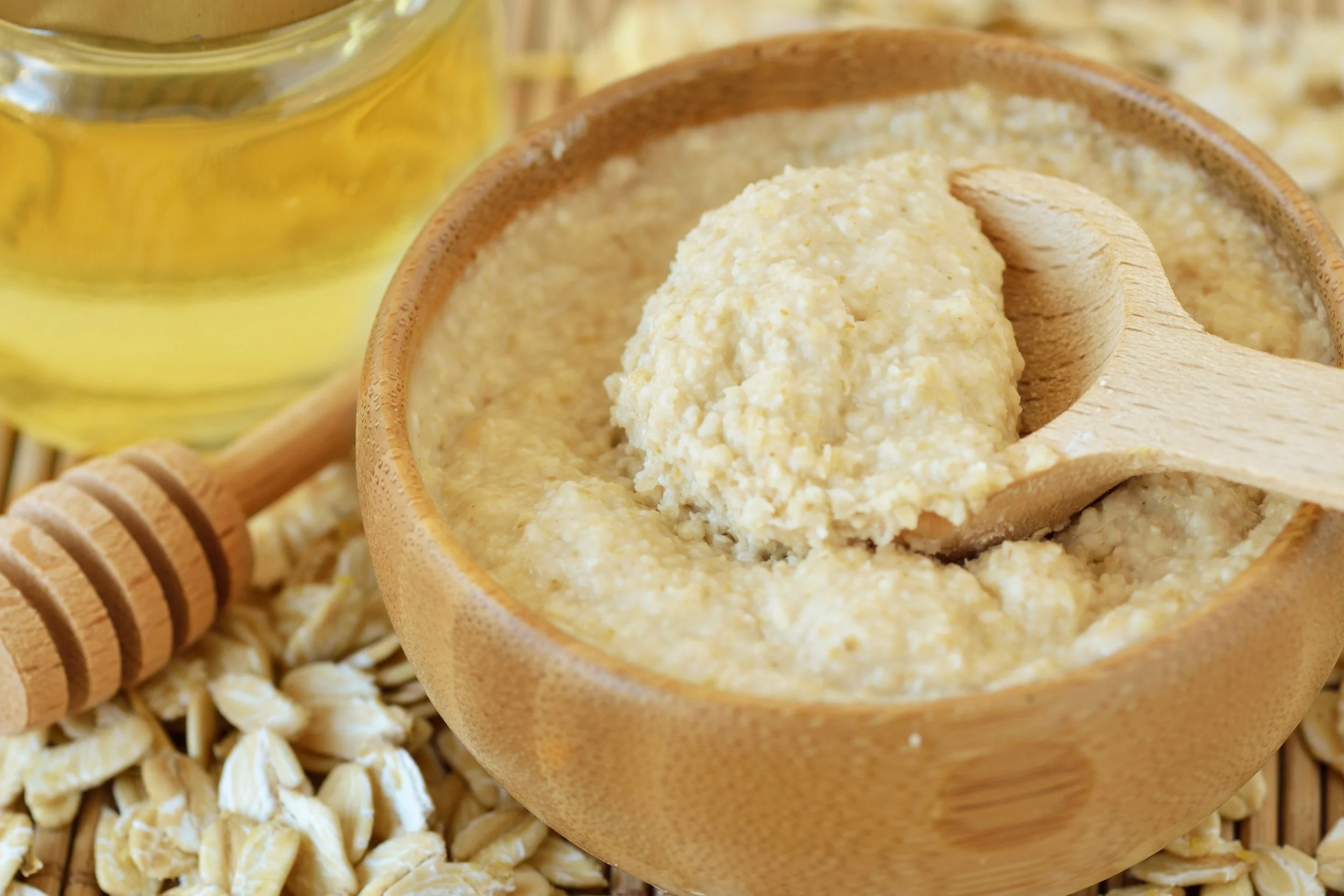How the Skin Functions at a Biological Level
Welcome to Part 1 of our two-part series on healthy, radiant skin. In this opening post, we invite you on a deep dive into the cellular and structural intricacies that make your skin a dynamic, living organ. We'll explore how each layer contributes to protection, sensation, and even metabolic processes, setting the stage for a holistic understanding of skin biology. By grasping these fundamentals, you'll better appreciate the delicate balance that keeps your skin resilient and vibrant. Stay tuned for Part 2, where we zoom in on one key element—pH—and its critical role in sustaining this balance and how to balance your skin's pH with the right products.
Understanding Your Body’s Largest Organ
Our skin is far more than just a protective outer layer. It is our body’s largest organ engaged in a constant dialogue with our internal systems and the environment. In this post, we explore the intricate structure of the skin—from the robust stratum corneum to the deeper layers that contribute to thermoregulation, immunological defense, and sensory perception. Beyond just the function of skin, we will look at imbalances in our body that can lead to common skin conditions like eczema, psoriasis, acne, and hyperpigmentation.
The Architecture of Skin: The Three Layers
Epidermis: the Outer Layer
Composed primarily of keratinocytes, melanocytes, Langerhans and Merkel cells. Keratinocytes in this layer are responsible for the absorption of UV light and its role in the activation of vitamin D. Melanocytes, on the other hand, are responsible for producing melanin to ensure that excessive UV is blocked. Langerhans cells are the first line of defense in immune responses within the skin, while Merkel cells are receptors for touch found in high concentrations in the palms of the hand (specifically the fingertips) and the soles of the feet. Provides a protective barrier against environmental stressors.
Dermis: the Middle Layer
This layer is a rich matrix of collagen and elastin fibers gives skin its strength and elasticity. It is connected to the epidermis by the basement membrane and contains two connective tissue layers: papillary and reticular. It contains blood vessels, hair follicles, nerve endings, and sweat glands and acts as the site for nutrient delivery and waste removal. This is the layer that has the highest concentration of collagen, providing structure and support to the skin.
Subcutaneous Tissue (Hypodermis): Deepest Layer
This final layer is made up largely of fat cells that provide insulation and cushioning. It serves as an energy reserve, connecting the skin to underlying structures.
The Multifunctional Role of Skin
Cellular Communication: Cells in the skin interact through chemical signals and receptor-mediated pathways, ensuring rapid responses to trauma, pathogens, and environmental changes. Inflammation, cell turnover, and repair mechanisms underscore the skin’s dynamic nature.
Barrier Protection: Serving as the first line of defense against pathogens, UV damage, and physical impact.
Sensation: Hosting a vast network of nerve endings known as nociceptors that respond to heat, cold, pain, and touch.
Maintaining Homeostasis: Sweat production and blood flow regulation are essential for maintaining body temperature and water levels.
Metabolic Functions: From vitamin D synthesis to energy storage in the form of fat, our skin is deeply entwined with overall health.
Interplay with Other Systems: Imbalance Leading to Skin Ailments
The skin is often a visible reflection of what’s happening beneath the surface. It communicates with our immune, endocrine, nervous, and digestive systems in complex, bidirectional ways. When internal harmony is disrupted—through stress, poor digestion, chronic inflammation, or hormonal imbalance—the skin often responds with visible symptoms. This makes it an incredibly insightful diagnostic landscape, particularly when viewed through a holistic lens.
Let’s explore how systemic imbalances contribute to specific skin conditions:
1. Eczema (Atopic Dermatitis):
Eczema is closely linked to immune system dysregulation and inflammation. Disruption of the skin barrier—whether due to genetic predisposition, irritants, or microbial imbalance—makes skin more susceptible to allergens and pathogens.
From a holistic perspective, factors such as gut imbalance, food sensitivities, and chronic emotional stress can exacerbate flare-ups. Supporting gut health, nervous system balance, and restoring the barrier through pH-friendly care are key therapeutic considerations. For herbal approaches to stress management check out this post, Herbs to Ease Anxiety.
2. Psoriasis:
Psoriasis is an autoimmune condition where the immune system triggers overproduction of skin cells, leading to plaque buildup. It is deeply rooted in chronic systemic inflammation and often flares in response to stress, infections, or trauma.
Holistically, addressing inflammation at its source—through anti-inflammatory nutrition, mindful stress management, and targeted botanical support—can complement topical treatments and support long-term remission.
3. Acne:
While acne is often blamed solely on excess oil and clogged pores, its root causes are far more layered. Hormonal fluctuations, insulin resistance, high glycemic diets, and digestive issues are all contributors to the inflammatory terrain that promotes breakouts.
In particular, a disrupted acid mantle and altered pH can worsen acne by encouraging the proliferation of pathogenic bacteria like C. acnes. Mindful pH support, liver and gut detoxification strategies, and hormone-balancing herbs offer powerful support here. Females often experience hormonal acne due to natural fluctuations that occur throughout the menstrual cycle. To learn about the female reproductive system, and how to balance it with herbs check out these blogs: Understanding the Female Reproductive Cycle & Herbal Hormone Balancing and 6 Herbal Allies for Female Reproductive Health.
4. Hyperpigmentation:
Uneven skin tone or dark spots often result from post-inflammatory responses (like after acne or eczema), hormonal fluctuations (melasma), or UV exposure. Inflammation and oxidative stress are key drivers.
Systemically, addressing blood sugar regulation, liver detox pathways, and supporting melanocyte balance through antioxidants, adaptogens, and sun-protective botanicals can help correct underlying imbalances while brightening skin over time.
Why Holistic Beauty Matters
Each of these conditions reminds us that skincare can’t be separated from overall health. True healing requires us to look beyond the surface—honoring the ways our emotional states, diets, environments, and lifestyles shape our skin. Recognizing the interconnectedness of internal systems allows us to shift from merely suppressing symptoms to nurturing long-term resilience and radiance.
Bridging to pH and Barrier Function
Before we transition to our next post, it’s important to recognize that one of the key factors modulating these skin functions is the delicate pH balance maintained on its surface. This “acid mantle” is not only critical in protecting against microbial invasion but also in supporting the skin’s repair and regeneration processes. In our next post, we’ll focus on this vital parameter and explore how maintaining the right pH can empower your skin barrier to function effectively.
References
Yousef H, Alhajj M, Fakoya AO, et al. “Anatomy, Skin (Integument), Epidermis.” [Updated 2024 Jun 8]. In: StatPearls [Internet]. Treasure Island (FL): StatPearls Publishing; 2025. https://www.ncbi.nlm.nih.gov/books/NBK470464/
Jiao, Qian et al. “Skin homeostasis: Mechanism and influencing factors.” Journal of Cosmetic Dermatology vol. 23,5 (2024): 1518-1526. doi:10.1111/jocd.16155















Hello and welcome! I'm Eve, a Chemist turned Herbalist, sharing the wonders of plant medicine and botanical skincare. Join me on this journey to Learn, Create, and Align your Divine!